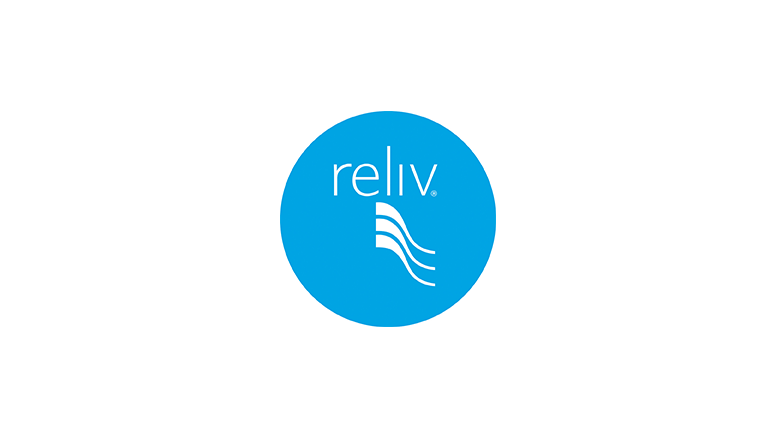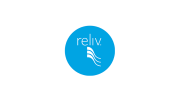Article Summary:
- Lackluster performance of distributors is leading to continual revenue decline.
- No significant catalysts in the future.
- Management owns a significant portion of the firm.
- Management seems too content with current operations.
Investment Thesis
Reliv (NASDAQ:RELV) is a company in need of a turnaround. Since 2011, revenue has fallen at a compounded annual growth rate (CAGR) of 8.5%. Products appear to be made with top-notch ingredients and Reliv holds patents on 6 of their products. However, they highly rely on their multi-level marketing distributors as the sole source of revenue. RELV’s need for distributors is critical, yet the number has been falling and is highly correlated to revenue. With fixed costs already being cut to the bone, RELV must find a way to increase revenue – otherwise they will continue to burn cash and will be faced with some very difficult decisions.
Company Overview
Founded in 1988 by Robert Montgomery and located in Chesterfield, Missouri, Reliv makes 17 nutritional products, which are sold through its distributors, which act as a multi-level sales organization.
The company went public in 1993 and is now traded on the Nasdaq under RELV. In 2005, Reliv ranked 43 on Forbes Magazine’s “200 Best Small Companies” and ranked 14 in 2006. Reliv 24k is a liquid drink, which improves energy, focus, and relieves stress. This product has great potential if it can be marketed and sold to a wide enough audience.
I have never used Reliv’s products, but recently had the opportunity to visit the headquarters and meet with CFO Steve Albright as well as tour the factory (in full lab coat of course).
The production area and warehouse are immaculate with respect to cleanliness and organization. The raw materials (ingredients) I saw in the warehouse were of high quality, as evidence of the labeling on the bags. The machinery is top notch, well maintained, and impressive – especially the capsule machine they purchased last year for roughly $500,000.
The concern I have is their access capacity. At the time I was there, the machines were idle. I was surprised when Mr. Albright told me the machines are only used about 16 to 18 days a month. Reliv could manufacture products for another company if they were able to find an arrangement free of any conflicts of interest. It is also worth noting, sales could double or possibly triple without the need for the firm to make any large investments in property, plant & equipment (PP&E).
Direct selling generally grows during recessions and economic downturns as people look for a way to supplement their income. In the case of Reliv, the company saw their number of distributors grow from 65,480 in 2005 to 67,940 in 2009 and then plummet to 44,590 at the end of 2015.
Most of Reliv’s distributors are between 40 and 70 years old. Technology has had an influence on direct selling and there is some tendency to push toward watching online videos and reading about the products on a website versus a face to face meeting or personal presentation. However, the personal sales approach is certainly not dead. A visit to your local coffee shop will provide plenty of examples of sales people in action.



Be the first to comment on "Is There Life In Reliv?"